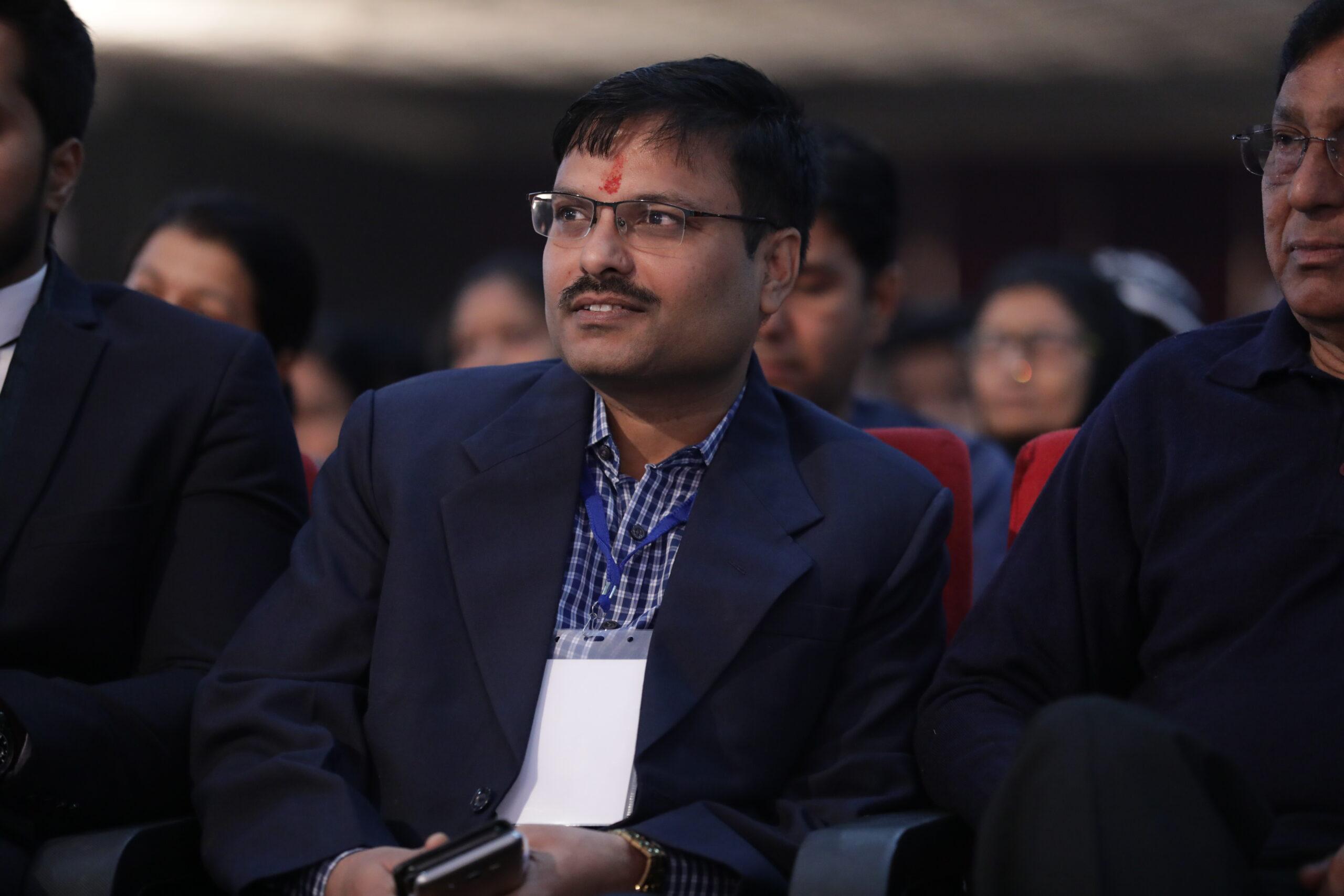Cerebral hemiplegia, is a specific kind of spastic cerebral palsy that can create some unique obstacles; however, the awareness of the phases of rehabilitation will substantially aid in the management of this condition. In the course of our blog, we will consider the consequences of spastic hemiplegic cerebral palsy but also discuss helpful steps to master the issue, for example, physical therapy, constraint-induced movement therapy, occupational therapy, drugs, orthotics, and mechanical surgery.
Understanding Spastic Hemiplegic Cerebral Palsy
Usually, such a condition leads to motor coordination issues and muscle control impairments, making everyday life activities more difficult and affecting the quality of life.
Effects of Spastic Hemiplegic Cerebral Palsy
- Stiffness and weakness of muscles makes movement difficult.
- Muscle weakness is the key reason, as motor skills and coordination are involved.
- Problems of walking or standing up straight.
- The problem with ADLs, like dressing, eating, and grooming, is that these activities require subsequent stages of planning and performing them.
- Psychological and personal consequences when your physical anatomy gets impeded
- Bone deformities are induced by muscle spasticity, a condition of long-standing diseases.
- Extreme tiredness coupled with the pain that comes from the difficulty of movement.
Tips to Manage Spastic Hemiplegia
Encompassing the whole spectrum of physical, psychosocial, and emotional issues in managing spastic hemiplegia will significantly impact the person’s locomotion, function, and quality of life. Here are essential tips for managing spastic hemiplegia:
Occupational Therapy
Therapists help clients benefit from strategies and adaptive techniques, maximize their self-sufficiency, and participate in their favorite activities.
Medications
Medications such as baclofen, tizanidine, may be used to control spasticity and treat the associated symptoms. Botulinum toxin also can be used locally to treat local & focal spasticity. Oral medication also have side effect of sedation and other problem so very less used. Botulinum toxin cannot be used repeated due long term impact of causing fatty degeneration of muscle.
Orthotics
Contingent devices, like braces or ‘splints,’ may be used to support the weak muscle, improve stability, and increase functional mobility. Wearing personalized orthotics ensures complete support and alignment for proper posture and movement.
Surgery
Cerebral palsy surgery could be necessary when muscle shortening & bony deformity develop. Techniques including selective dorsal rhizotomy and orthopedic surgeries are weapons aimed at eliminating muscle spasticity, restoring skeletal deformities, and enhancing functional abilities.
Navigating the Rehabilitation Phases
The schedule and the accepted treatment program for spastic hemiplegic cerebral palsy consist of several different stages dealing with each health element of the patient in particular.
Phase 1: Evaluation and Goal-Directed.
The rehabilitation process starts with a biopsychosocial assessment that includes the examination of one’s mobility, strength, and adaptive functional abilities and requires special attention. Consequently, based on such an analysis, individual goals are set in collaboration with the person and their family, with significant emphasis on changing mobility, independence, and the general well-being of the concerned individual.
Phase 2: Intensive Rehabilitation
During this phase intensive therapy and training are provided to clients and care taker. It include physical therapy, occupation therapy, training in activities of daily life, CIMT, balance training etc. It should by goal oriented and involves purposeful training and improving motor skills by holding the same task to develop independence.
Phase 3: Efficiency and Rate of Improvement.
When the interim milestones are all accomplished, the focus now leads to continuing the achievements and training the teachings further. Frequent therapy, home exercise programs, and adaptive mechanisms not only enhance the progress but also make for the prolonged and successful/efficacious management of spastic hemiplegia.
Phase 4: Sustainable Strategies and Incorporation of the Victim’s Lives.
Placement of long-term management represents seeking periodic control, equipment, modifications, and social ties to ensure a person’s involvement in everyday life activities and enrollment in society.
Conclusion
Navigating the rehabilitation phases of spastic hemiplegic cerebral palsy must be undertaken through a systematic approach that involves individualized sessions that recognize and tackle what uniquely affects each individual. Though spastic hemiplegic cerebral palsy symptoms may be debilitating at first, it is possible to achieve favorable results by grasping the concept of its effects and employing functional management tips.
We need to keep learning about rehabilitation and setting new approaches in motion. Let’s aim at a place where individuals with spastic hemiplegic cerebral palsy can enjoy their lives fully, engage in society, and can achieve all their goals, little by little as they go. By the end, then it collects features of engagement and support from the different examples of people, including individuals, families, healthcare professionals, and communities which work together and finally make a journey towards rehabilitation from spastic hemiplegic cerebral palsy meaningfully.
We can make a change by acting together, thus helping people enjoy their lives more, have the opportunity to move independently, and be respected.







